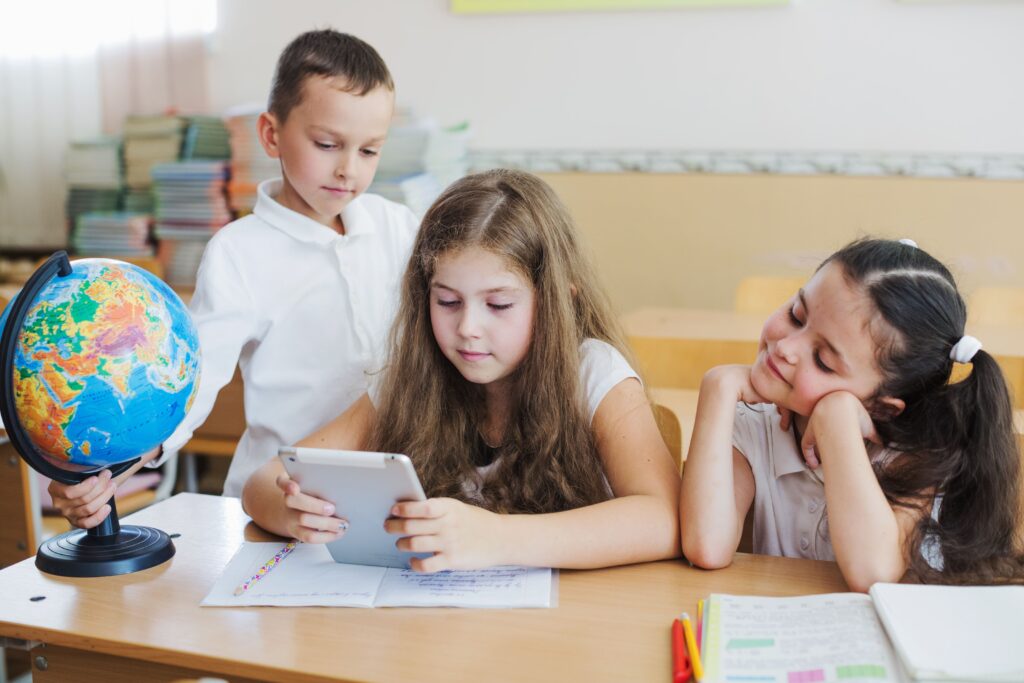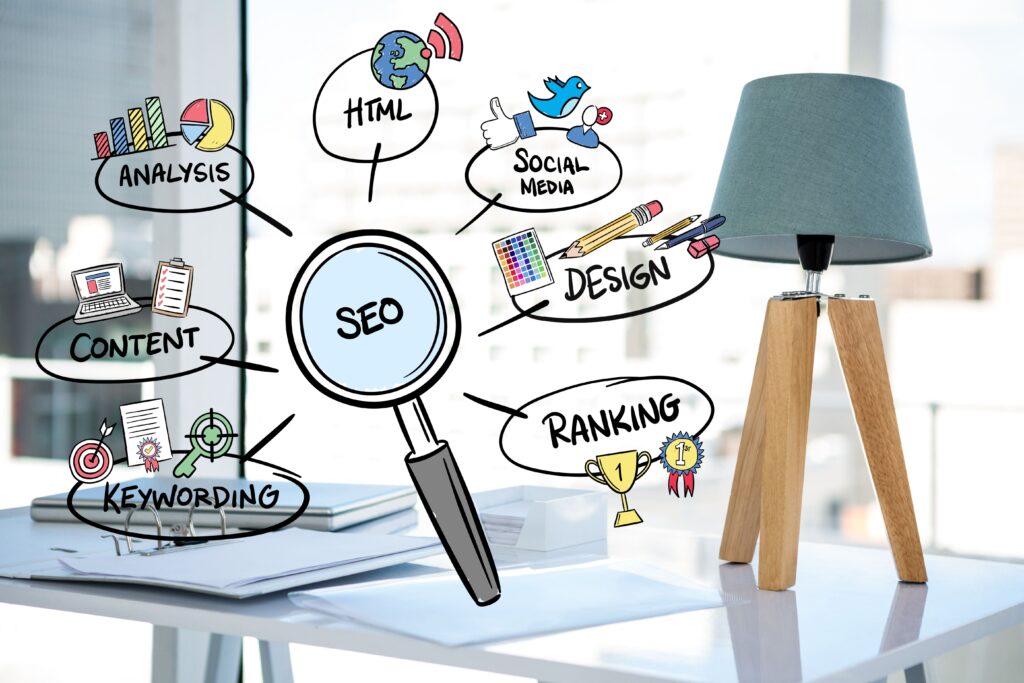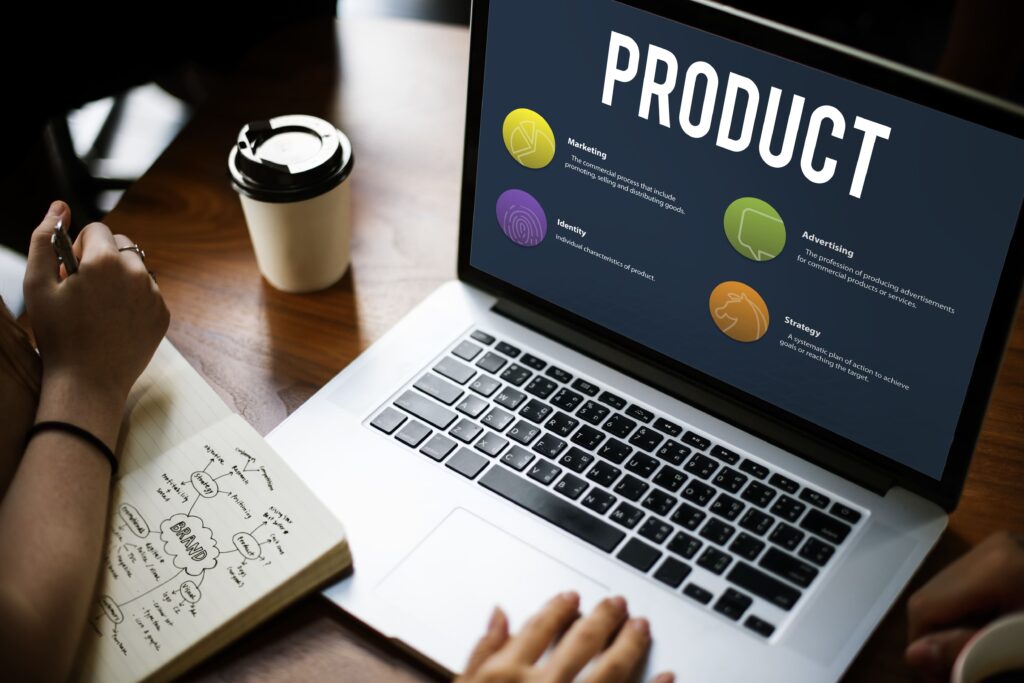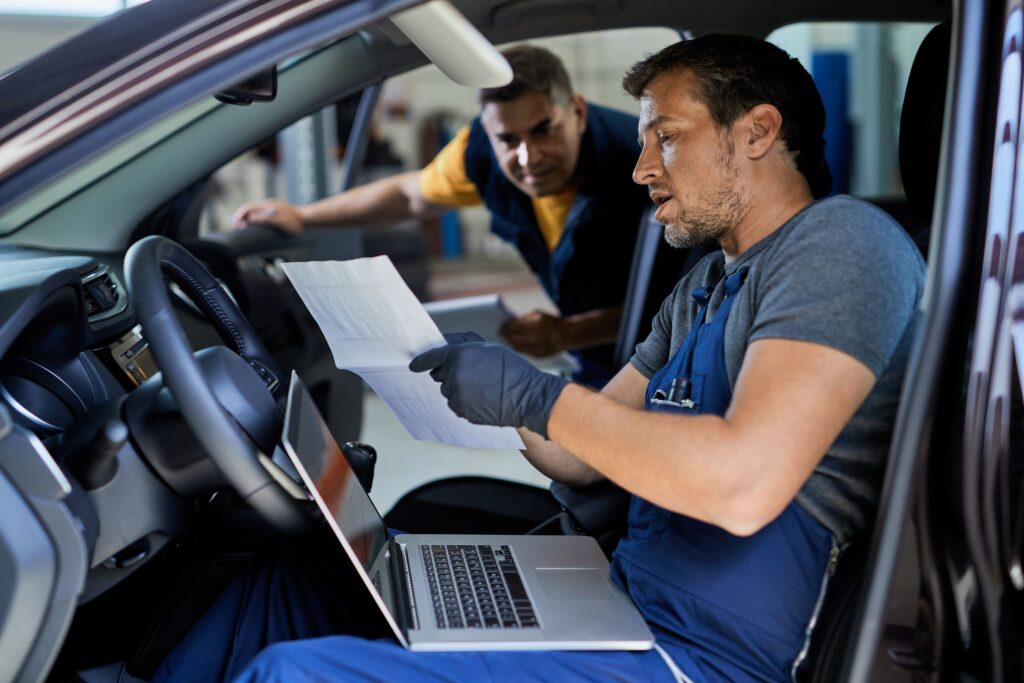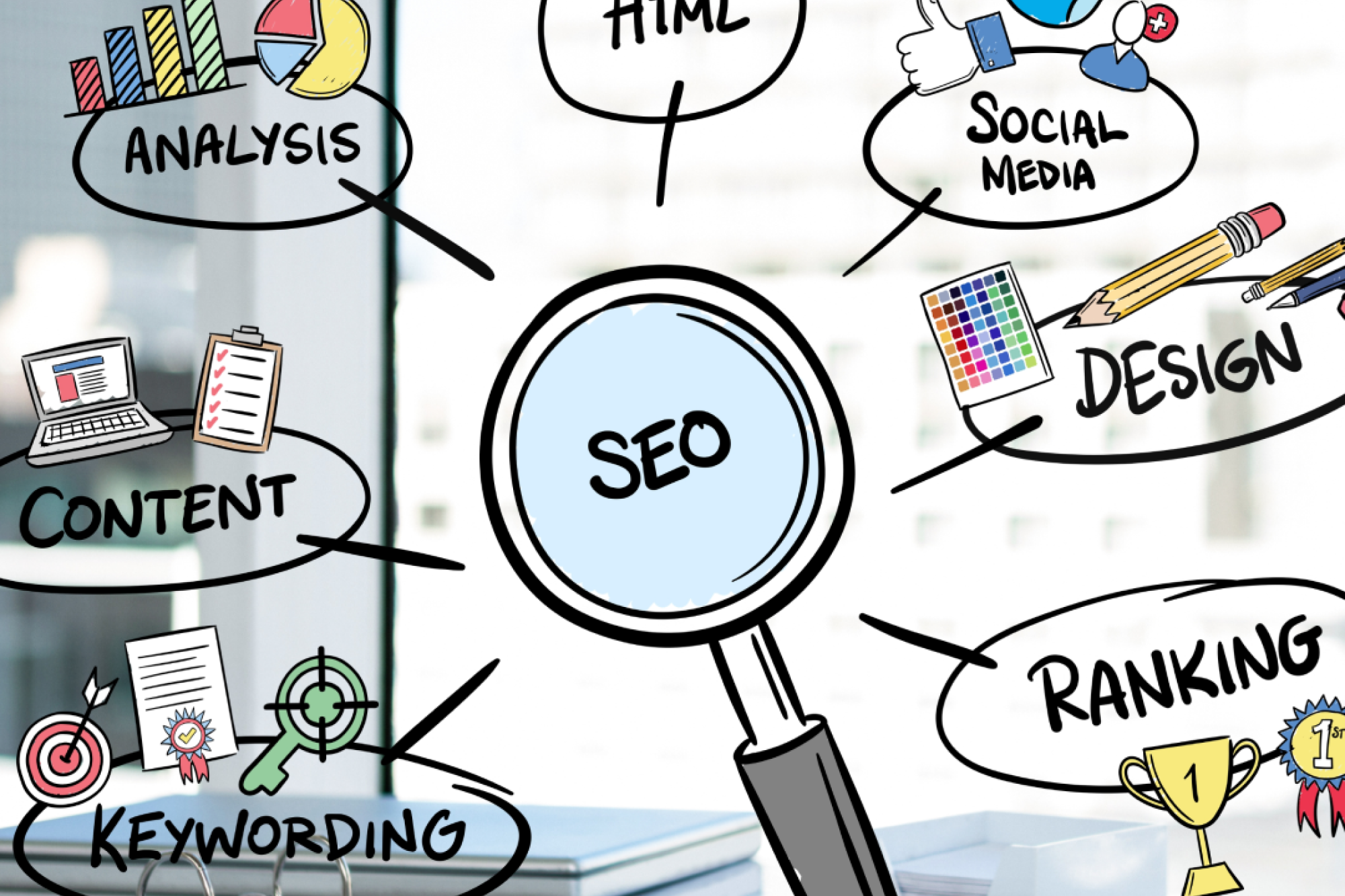YouTube is now viewed by more and more European students as being just as important to their education as their textbooks. From brief math lessons to in-depth cultural analyses, the platform is influencing how educators, parents, and kids engage with education. YouTube has emerged as a major player in digital learning in Europe, with 84% of teachers incorporating the platform into their lessons and 74% of teenagers using it for schoolwork.
This blog analyzes YouTube’s most recent report on educational trends in Europe, deciphering the information for parents, educators, administrators, EdTech executives, and legislators.
Why YouTube Has Become Europe’s Fastest-Growing Educational Tool
YouTube is now an essential channel for learning and education for young people all over Europe, and not just a fad. With more than 100 million young users each month, the platform functions as a hub for video-based learning that blends community, creativity, and accessibility.
- Interactive video content that demystifies difficult subjects like science, technology, and languages appeals to students on YouTube.
- YouTube provides experiential, visual, and on-demand learning in contrast to traditional textbooks.
- Children view it as a place to socialize and exchange knowledge in addition to being a study aid.
This demonstrates to parents and teachers that YouTube has evolved from a simple source of entertainment to a powerful online learning tool that influences student achievement.
How European Teenagers Use YouTube For Schoolwork And Self-Learning
According to the report, teens in Europe are spearheading the adoption of EdTech by combining academic study with self-directed exploration:
a. 74% of students use YouTube to learn new material for class.
This illustrates how YouTube has developed into a vital digital learning resource for teens, enhancing both classroom lectures and textbooks. Students can grasp difficult subjects in a flexible, individualized way when they have easy access to tutorials, visual explanations, and exam preparation materials.
b. 71% use it to advance their creative abilities, hobbies, and personal development.
Teens use YouTube to learn creative subjects like music, coding, art, and languages in addition to academic subjects. In addition to fostering individual interests, this gives them the 21st-century skills that are becoming more and more important in both higher education and the job market.
c. 73% engage with educational videos multiple times a week.
Consistent use demonstrates YouTube’s function as a digital tutor that is always accessible and keeps learning interesting. Teens gain continuous reinforcement when blended learning models and video-based instruction are combined, which enhances retention and long-term learning results.
This trend demonstrates that YouTube is a resource for lifelong learning rather than just helping with homework. Teenagers see YouTube as a digital tutor that is always available for anything from learning to code to solving algebraic problems.
For EdTech companies and digital marketers, this trend is a significant opportunity. YouTube is now a reliable platform for marketing educational content, with 74% of European teenagers using it for school-related learning and 80% of parents appreciating its educational value. In order to reach parents and students in a setting where they are already actively involved, marketers can establish credibility by producing curriculum-aligned videos, branded learning materials, or collaborations with educators. In addition to boosting brand trust, this puts businesses at the forefront of Europe’s EdTech adoption and digital learning trends.
Parents In Europe Trust YouTube To Support Learning And Development
The way parents view YouTube as a learning tool for children has changed dramatically:
a. According to 80% of parents, YouTube offers high-quality instructional material.
Beyond amusement, parents view YouTube as a reliable online learning resource that fosters creativity, language acquisition, and homework. Families have access to reliable educational content that supports academic learning and personal development through the thousands of channels devoted to STEM, literacy, and cultural awareness.
b. Most parents feel confident guiding their kids’ safe usage.
YouTube Kids and Supervised Experiences are two examples of digital parenting tools that parents are using more and more to regulate what their kids watch. This confidence gives families peace of mind while allowing kids to freely explore, resulting in a healthier balance between productive learning and safe screen time.
c. 66% think it helps kids learn about the world.
Early exposure to a variety of artists and cultures helps kids grow up with empathy and a global perspective. Parents point out that YouTube helps kids learn about real-world problems, cultures, and innovations, preparing them for a more connected future.
Parents no longer view YouTube as a diversion but rather as an educational ally thanks to specialized experiences like YouTube Kids and Supervised Experiences. YouTube is being used by families more and more as a component of digital parenting techniques to encourage creative, balanced, and safe screen time.
This offers EdTech businesses the chance to create family-centered learning programs that complement how parents currently use online learning environments.
Why Teachers Across Europe Are Integrating YouTube Into Classrooms
Teachers are among the most ardent supporters of YouTube in the classroom, and the data support this trend:
a. YouTube videos have been incorporated into lessons or assignments by 84% of teachers.
This broad use illustrates how digital teaching resources are now necessary rather than optional. Teachers can improve comprehension by giving students real-world examples, flexible learning formats, and visual clarity by incorporating YouTube videos into assignments.
b. According to 67% of respondents, it improves student participation and engagement.
One of the largest problems in contemporary education is engagement, which YouTube helps to solve by providing content in a way that is interactive, entertaining, and familiar. When students interact with video-based learning materials, teachers report increased engagement, more discussion, and better retention.
Teachers are utilizing YouTube in even more focused ways:
a. Explain difficult concepts with illustrations.
When accompanied by animated films or real-world examples, difficult subjects like physics, math, and history are simpler to understand. In addition to making complex lessons easier to understand, these visual learning tools also improve information absorption for a variety of learners, including auditory and visual learners.
b. Encourage the use of flipped classrooms, where students watch videos to get ready for class.
By allowing students to watch YouTube videos to learn basic concepts at home, the flipped classroom model frees up class time for discussions, problem-solving, and teamwork. This strategy fosters a student-centered learning environment and optimizes teacher-student interaction.
c. Promote group projects and interactive discussions.
YouTube is used as a common resource for group projects, encouraging discussion and innovation in the classroom. Students develop digital literacy and critical thinking abilities through co-creating multimedia projects, evaluating documentaries, and breaking down case studies.
The Significance of This to Marketers
This trend presents a special opportunity for EdTech companies and education marketers: Teachers already trust YouTube and use it extensively. In an era where engagement and the adoption of digital learning are accelerating quickly, marketers can establish themselves as valuable partners by producing curriculum-aligned content, interactive tools, or branded educational resources.
The Role Of YouTube In Shaping Future Digital Education Strategies
YouTube’s popularity in European education is a sign of larger shifts in the way educational institutions create digital learning plans. Among the important opportunities are:
a. Growing programs for hybrid and remote learning
YouTube enables educational institutions to provide students in any location with accessible and adaptable lessons. In addition to fostering opportunities for lifelong learning, this guarantees continuity during disruptions like strikes or pandemics. Schools can offer consistent, interesting instruction that blends well in both home and classroom settings by incorporating YouTube videos into hybrid learning models.
b. Increasing student motivation through interesting video content
Video-based learning, in contrast to traditional textbooks, capitalizes on students’ innate interest in multimedia, which boosts participation and retention. Unlike static resources, teachers can use interactive YouTube lessons to pique students’ interest, clarify difficult concepts, and keep their attention. Higher student engagement and better learning outcomes follow, especially in practical and visual subjects.
c. Democratizing access by providing regionally distributed free educational materials
In Europe, a lot of families have trouble getting access to high-quality educational resources. By providing students, regardless of their location or background, with free, excellent educational resources, YouTube reduces these barriers. By providing all students, whether they attend school in an urban or rural setting, with equal access to top-notch content, this not only closes the gap in digital education but also guarantees equity.
Administrators must simultaneously address issues such as teacher preparation, quality control, and balancing screen time. YouTube’s integration with specialised digital learning platforms that offer structure, analytics, and scalability will be crucial to the future of educational technology in Europe, ensuring both creativity and accountability in digital classrooms.
What Policymakers, EdTech Leaders, And Content Creators Can Learn From Europe’s YouTube Education Trend
The influence of YouTube on education goes well beyond the classroom:
- To guarantee that everyone has equal access to secure online learning resources, policymakers should prioritize digital inclusion.
- EdTech businesses can create platforms and apps that easily connect with YouTube to provide individualized learning experiences.
- Video producers are in a unique position to create curriculum-aligned videos that cater to the needs of students in Europe.
The EdTech sector is at a turning point. Leaders have the opportunity to reshape educational technology trends in Europe for the upcoming ten years by embracing YouTube’s enormous reach and student adoption.
Conclusion
Classrooms in Europe are growing on YouTube and are no longer limited to four walls. Video-based education has emerged as a key force behind the digital transformation, with teachers incorporating it into their curricula, parents adopting the platform, and teenagers eager to learn.
The question at hand is not whether YouTube has a place in education, but rather how stakeholders can use it responsibly and effectively. The future of education will be shaped by those who take action now and incorporate YouTube into broader digital education strategies.


